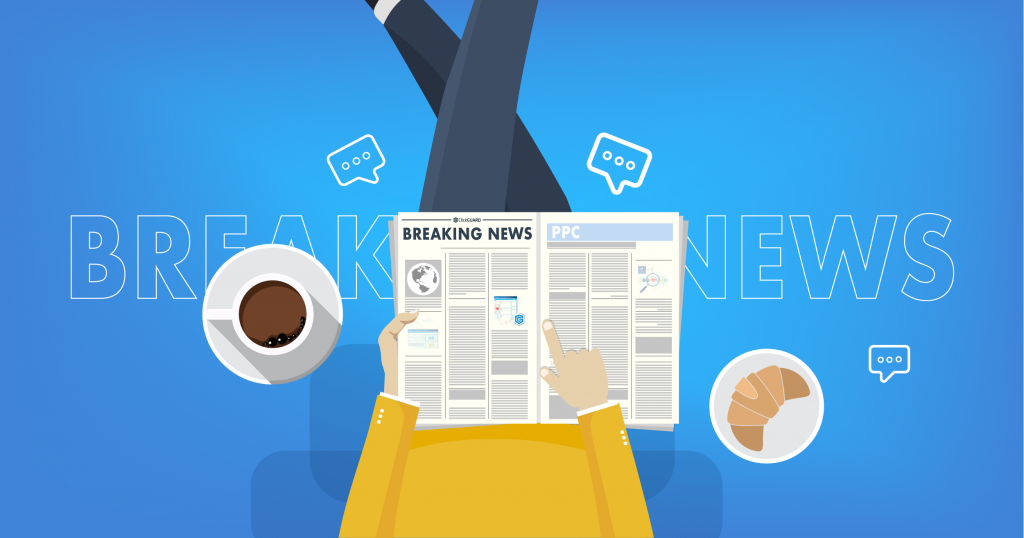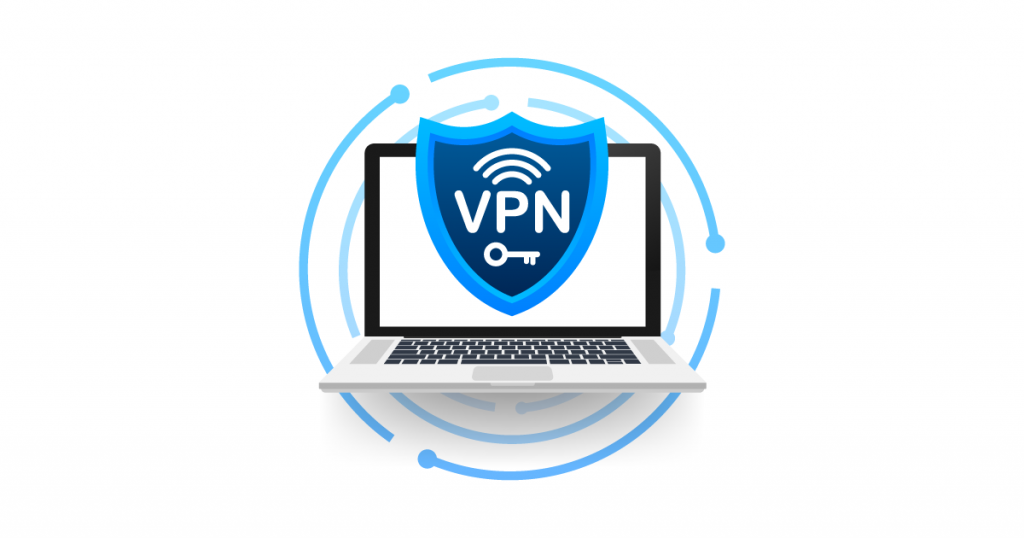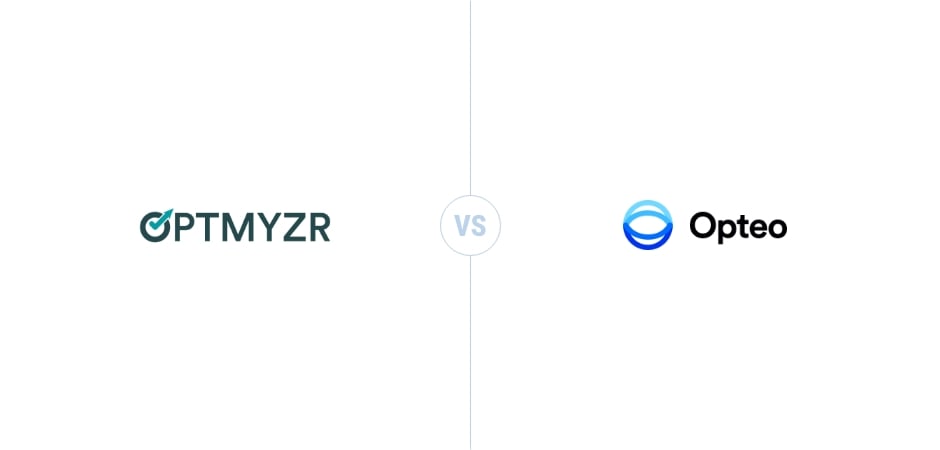According to the resolution of the first CFAA lawsuit that has reached the US Ninth Circuit of Appeals, web scraping is legal. In the murky waters surrounding legal internet affairs, this can be considered a cornerstone decision.
What Is Web Scraping And Why Should You Care That Web Scraping Is Legal?
Web scraping involves going through webpages, searching for, and saving specific information. This is done through a computer program, script, or bot; the process is therefore automated and highly efficient.
Web scraping technology makes it possible to gather data from a large number of sites in a short amount of time. In theory, it can serve many purposes, like:
- Collecting email addresses or other contact information
- Collecting product and pricing information
- Collecting information about the changes made to a website
Web scraping is almost as old as the internet itself, but the power that data holds nowadays has made it more controversial. If web scraping would be considered illegal, businesses that base their activity on gathering publicly available internet data would be swimming in dark waters.
In the end, it comes down to deciding who has free access to data – and in the digital world, data is power.
Web Scraping And Other Legal Debates
To understand why it is relevant that web scraping is legal, we must have a look at the larger context.
It is currently very difficult to define and prosecute cybercrime and internet fraud. The WWW territory is still largely unregulated.
In the USA, most internet-related court cases are treated under the Computer Fraud and Abuse Act (CFAA). This legislation was enacted in 1986, to address the problem of hacking. As you can imagine, the internet has come a long way since then. And the “grey” areas of the law aren’t always helping with enforcing existing legislation. As such, there is much debate surrounding the legal status of actions such as web scraping.
The first “big” CFAA case is considered to be the 2020 Van Buren vs. the United States trial. This has debated “whether a person who is authorized to access information on a computer for certain purposes violates Section 1030(a)(2) of the Computer Fraud and Abuse Act if he accesses the same information for an improper purpose”.
In this case, Nathan Van Buren, a former police sergeant, has used his access to a police license plate database to search for an acquaintance. He was prosecuted for violating the CFAA. It was decided that Van Buren’s crime didn’t fall under the CFAA, as the information that he obtained was within the limits of what he could access with his authorization, but was done for improper reasons.
LinkedIn vs. hiQ Labs
More recently, the hiQ Labs vs. LinkedIn trial has clarified things: web scraping is legal.
But how did we get here and how come web scraping is legal (particularly in a world where everything seems to revolve around data privacy?)
It all started with LinkedIn wanting to restrict hiQ Labs from accessing its website in 2017.
HiQ Labs is a data analytics company that collects publicly available data from LinkedIn profiles and uses this data to provide a technology that helps companies retain employees and identify skill gaps within the organization.
LinkedIn trying to restrict hiQ Labs from operating its services was followed by a legal battle. The initial court case has ruled in favor of hiQ Labs. However, this has triggered a string of appeals in recent years. More recently, the case was sent back to The Ninth Circuit. The court ruled that LinkedIn’s claim of hiQ breaching the CFAA was unwarranted, as the data in question is publicly available.
Web Scraping Is Legal: The Implications
In the hiQ Labs vs. LinkedIn ruling, the court has observed that the public interest favors hiQ’s position. Even though the trial has been controversial, with significant public interests on both sides, the Ninth Circuit has found that giving private companies such as LinkedIn the freedom to decide who can collect and use data public data does not serve the public interest. So, web scraping is legal.
But does this mean you are allowed to gather and use any publicly available data? Unfortunately, the answer isn’t a simple “yes”. In Europe, for example, the use of personal information falls under the GDPR. This makes it mandatory to get user approval before using personal data.
While web scraping is legal, caution is still necessary. This decision supports the idea of an open and accessible internet. However, web scraping should not defy public interest or other existing legislation. If you want to use it for personal or business purposes, do keep that in mind and approach it with an ethical mindset.



